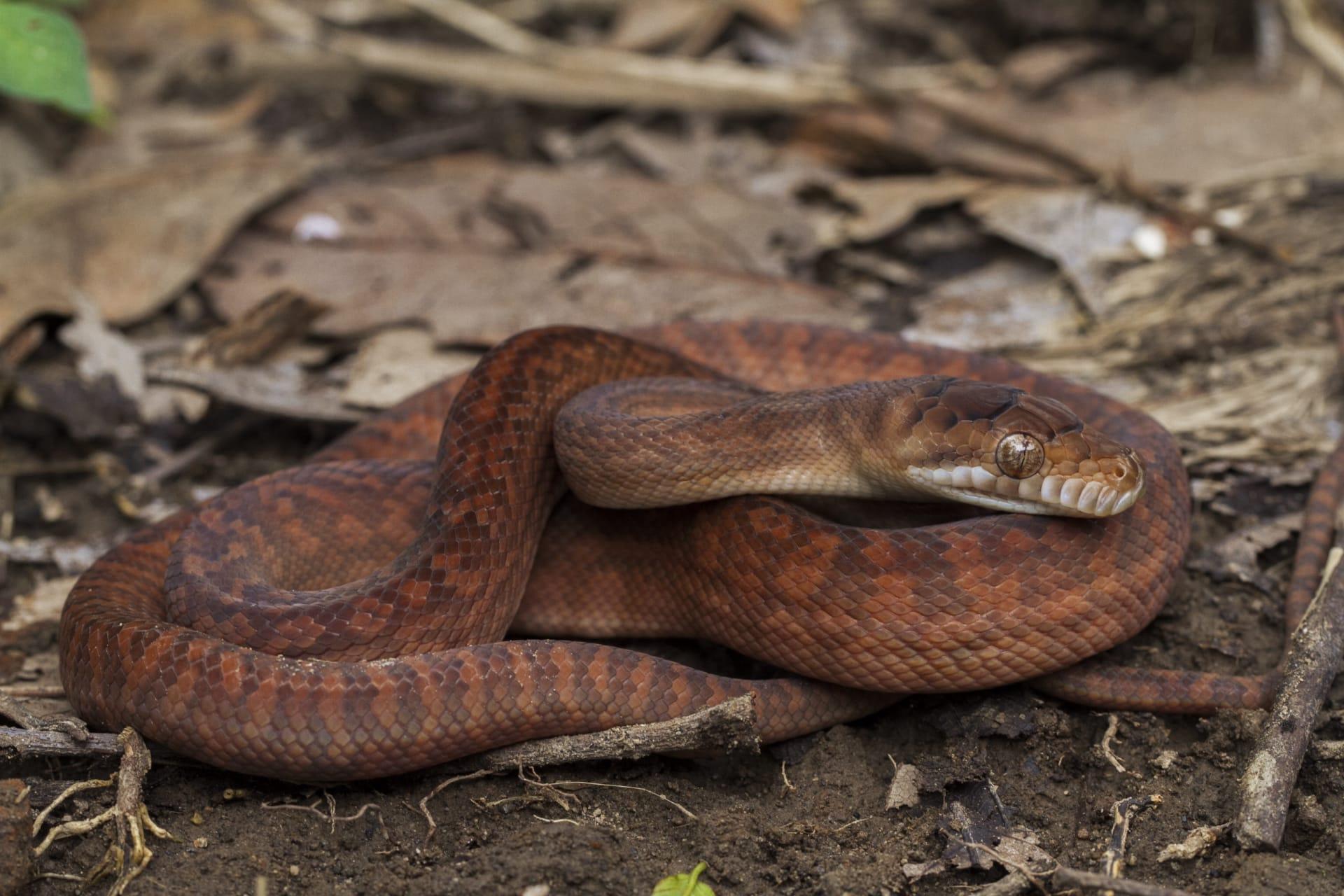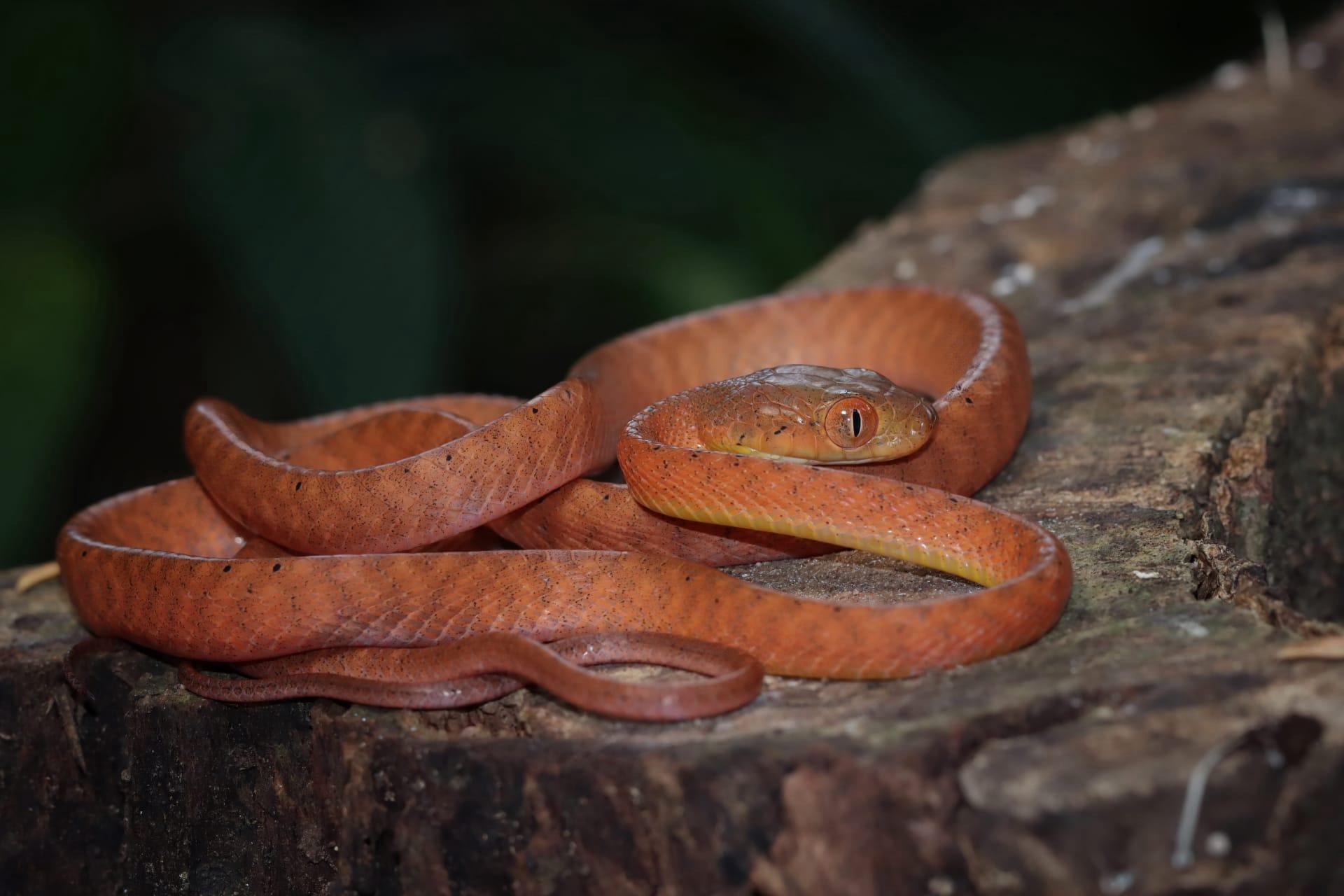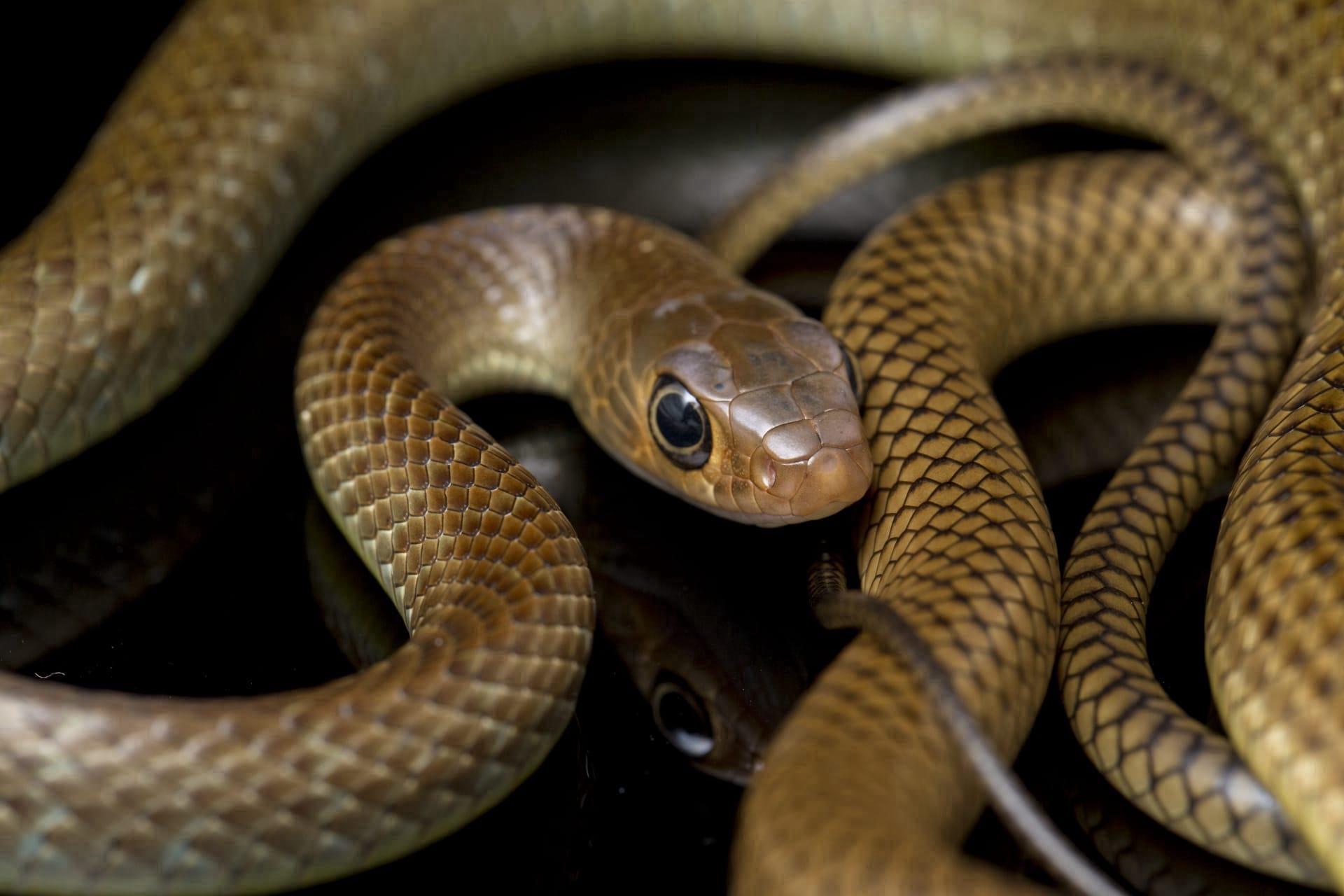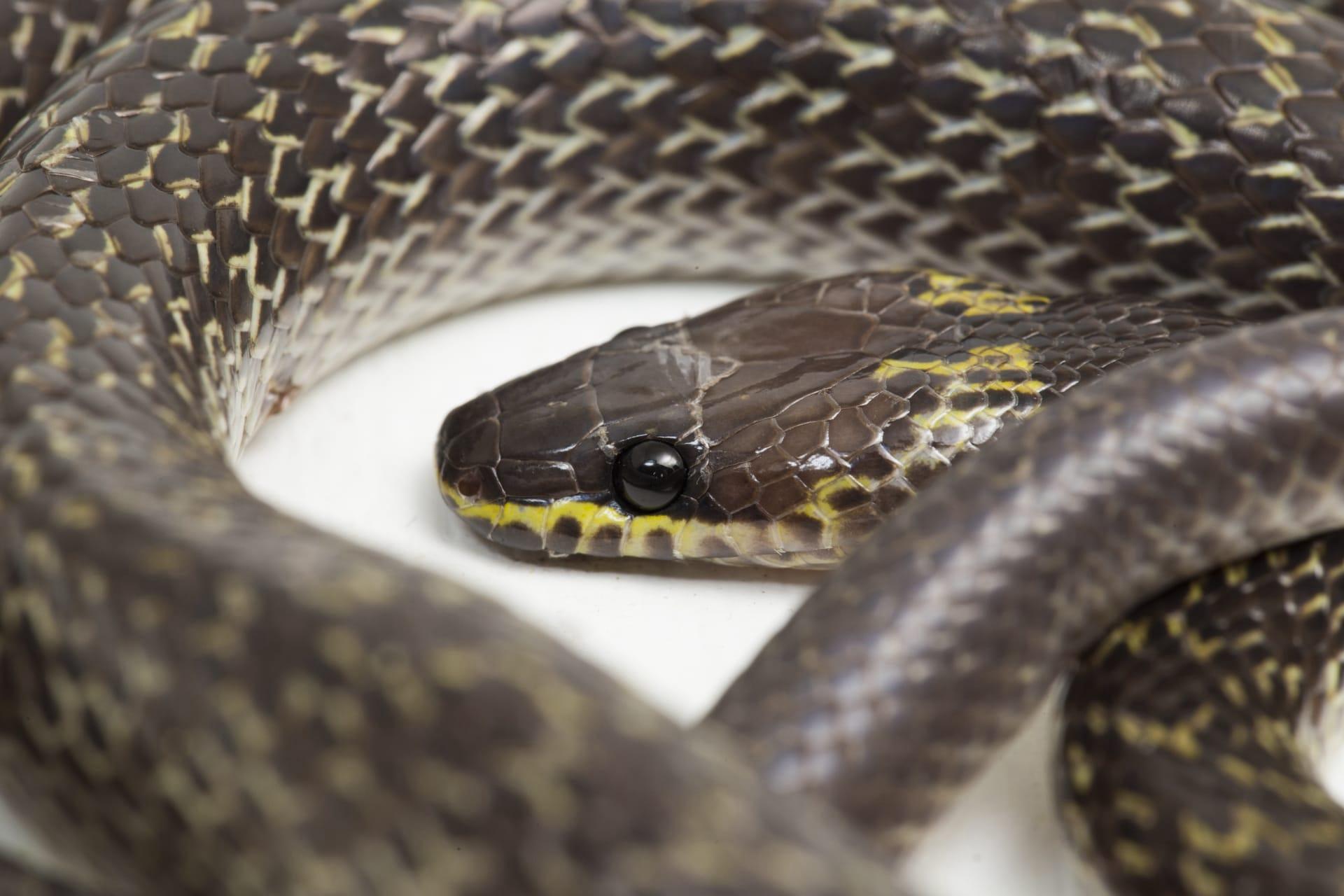Brown Snake
- Home /
- Mini Encyclopedia /
- Animal /
- Brown Snake
1
Brown snakes, scientifically known as Storeria dekayi, belong to the family Colubridae, which is the largest snake family, encompassing about two-thirds of all known snake species. This family is notable for its diversity in behavior and habitat preferences. The Storeria genus, to which the brown snake belongs, is characterized by its small size and nonvenomous nature, making them less threatening to humans.
The brown snake is predominantly found in North America, with its range extending from southern Canada through the eastern United States, reaching as far south as Mexico. This snake thrives in a variety of habitats, including forests, grasslands, and urban areas, particularly gardens and parks. Their adaptability to different environments is a key reason for their widespread distribution. Their presence in urban areas often leads to human encounters, though they pose little to no threat due to their small size and nonvenomous nature.

2
Question: Do brown snakes, given their widespread presence in urban areas, pose a significant danger to humans and pets?
Answer: Contrary to common misconceptions, brown snakes are not dangerous to humans or pets. They are nonvenomous and typically shy, preferring to avoid confrontation. When threatened, they may release a foul-smelling musk as a defense mechanism, but they rarely bite. Their small size, with adults typically measuring only 9 to 13 inches in length, further minimizes any threat. In fact, their presence can be beneficial in controlling pest populations, as they primarily feed on insects and slugs.

3
Brown snakes employ a variety of survival strategies that contribute to their resilience in diverse environments. They are primarily terrestrial and are adept at burrowing, which helps them hide from predators and harsh weather conditions. Their diet mainly consists of soft-bodied invertebrates, such as slugs, snails, and earthworms. This diet choice reduces competition for food with other predators and allows them to thrive in various habitats, including urban gardens where such prey is abundant.
Reproduction is another aspect of their survival strategy. Brown snakes are ovoviviparous, meaning they give birth to live young instead of laying eggs. This reproductive method offers several advantages: it protects the young from external threats like temperature extremes and predation while still in the womb, and the newborns are relatively more developed and capable of fending for themselves immediately after birth. This increases their chances of survival in the wild.

4
In the ecosystem, brown snakes play a pivotal role, primarily as controllers of invertebrate populations. By feeding on common garden pests such as slugs and snails, they help maintain a balance in the ecosystem and aid in the health of gardens and crop fields. This pest control service is particularly beneficial in urban and suburban areas.
Brown snakes also contribute to the food web by serving as prey for larger predators. Birds of prey, larger snakes, and mammals such as raccoons and foxes feed on them. This predation is a natural part of the ecosystem's energy flow and nutrient cycling, illustrating the brown snake's integral role in their ecological communities.

5
Film: "Secret Life of Snakes" is a documentary produced in the United States in 2018. It offers an in-depth look at various snake species, including the brown snake. The film explores their behavior, survival strategies, and the challenges they face in different environments, providing viewers with a closer look at these often-misunderstood creatures.
Book: "North American Snakes Guide" by Richard D. Bartlett, published in the United States in 2016, is an extensive guide covering various snake species, including the brown snake. Bartlett provides detailed information on their habitats, behaviors, and identification tips, making it an invaluable resource for both herpetologists and enthusiasts.
Book: "Urban Snakes: A Guide to Their Friendly Coexistence" by Laura Erickson, released in the United States in 2020, focuses on the interaction between snakes, including the brown snake, and urban environments. Erickson delves into the importance of these reptiles in urban ecosystems and offers practical advice on peacefully coexisting with them.